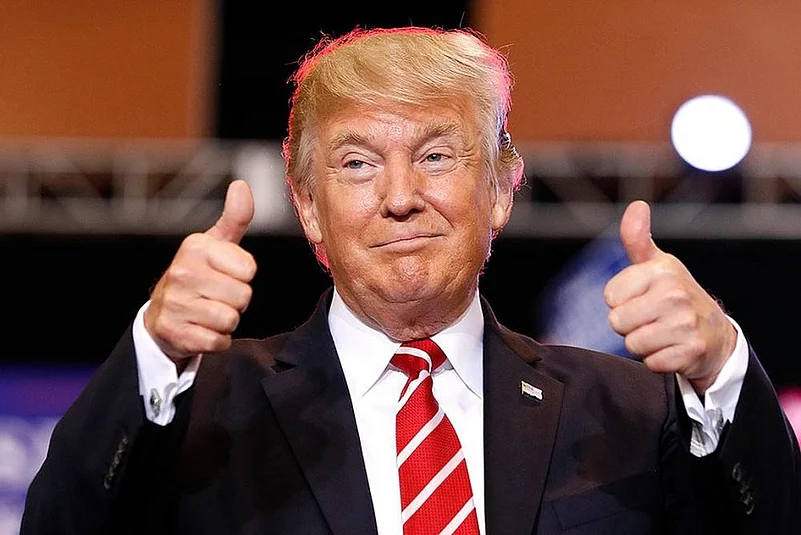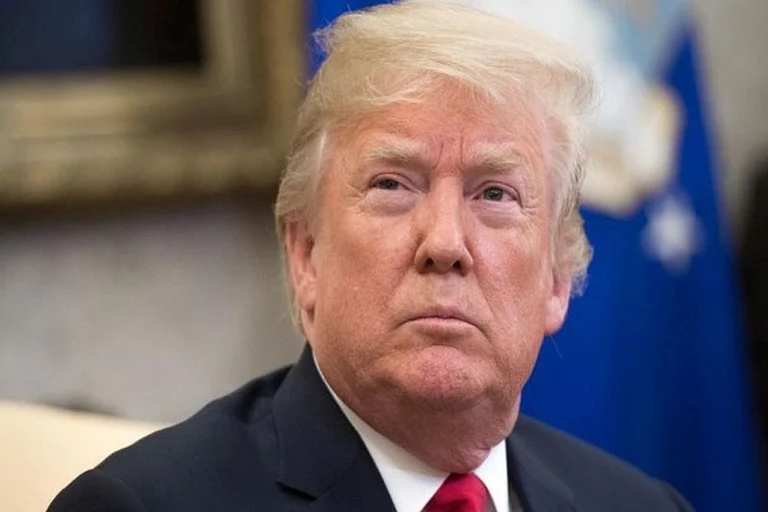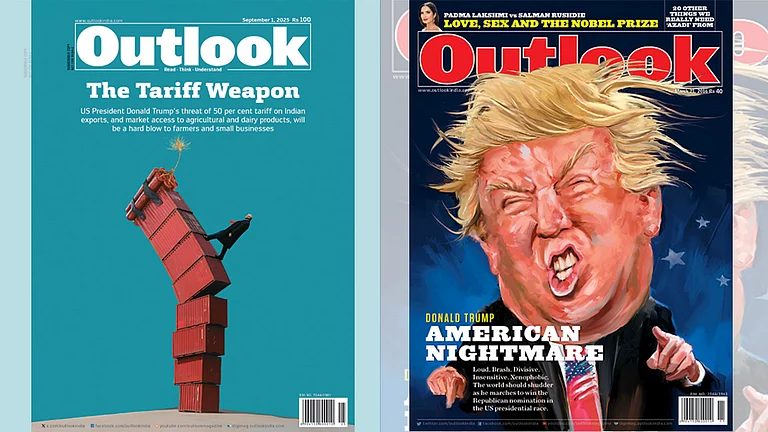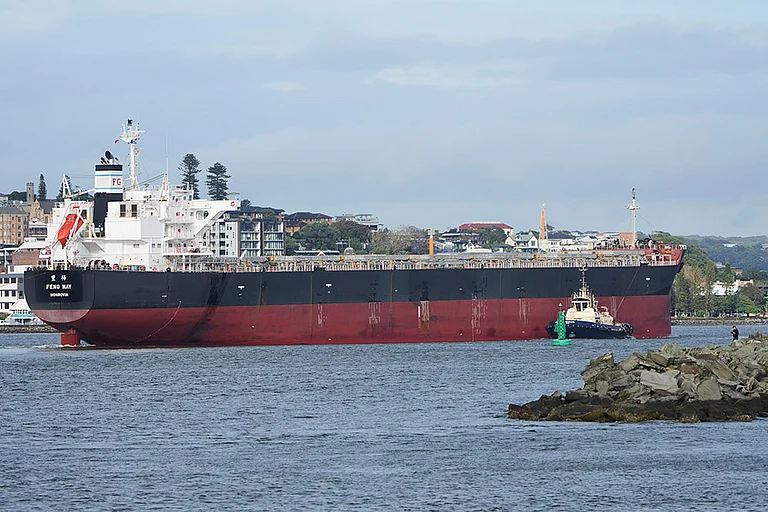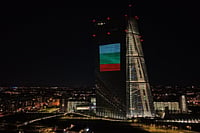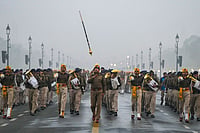
Syria (41%), Laos and Myanmar (40%) face the steepest tariffs under Trump’s new regime.
Canada’s tariff on fentanyl-linked goods rises to 35%, while Mexico gets a temporary reprieve.
Tariffs on 70 partners take effect 7 August, ranging from 10% to 41% based on trade and security criteria.
In a sweeping return to protectionist trade policy, former US President Donald Trump has imposed a new set of tariffs on foreign imports, effective 7 August 2025.
The executive order, signed on 31 July, levies new rates on goods from over 70 countries and the European Union, targeting sectors including steel, electronics, autos, and consumer goods.
This is the most aggressive tariff expansion since Trump’s earlier announcement of a 10% universal baseline tariff, and now introduces differentiated slabs based on trade volumes, strategic posture, and what Trump described as “national production security.”
The move has already sparked global concern. In April 2025, the World Trade Organization (WTO) warned that global trade growth could fall below 1% this year.
WTO Director-General Ngozi Okonjo-Iweala noted that the share of world trade governed by Most-Favoured Nation (MFN) principles had fallen to 74%, down from around 80%.
The WTO’s Appellate Body remains paralysed, with the United States having blocked appointments to the panel since 2019, a blockade that began under Trump and continued under Biden, leaving affected countries with no legal recourse.
Under the new regime, a 10% global minimum tariff will apply across the board. Countries running trade surpluses with the US face elevated duties of 15% or more. While some nations were invited to negotiate exemptions or reductions, others received no opportunity to engage. The order outlines tariffs ranging from 10% to 41% on 69 trading partners (68 countries plus the EU). Nations not listed in the annexe will automatically be subject to the default 10% tariff.
A separate directive raises tariffs on select Canadian goods from 25% to 35%, citing fentanyl-related concerns. Trump accused Canada of having “failed to cooperate” in curbing the flow of fentanyl into the US.
“Despite having engaged in negotiations, [some countries] have offered terms that, in my judgment, do not sufficiently address imbalances in our trading relationship or have failed to align sufficiently with the United States on economic and national-security matters,” the order states.
Top 10 Countries And Blocs Hit Hardest
10. South Africa – 30%
South African goods now face a 30% tariff. The Trump administration cited Pretoria’s role in BRICS and “non-cooperative diplomacy” in recent trade forums, as well as a strategic goal to re-shore mining and rare earth production.
9. Libya – 30%
Libyan imports are also subject to a 30% tariff. Officials flagged Libya’s ongoing civil conflict and concerns about illicit financing as justification for the hike.
8. Bosnia and Herzegovina – 30%
Bosnia faces a 30% tariff due to reported irregularities in customs enforcement and re-export practices involving non-compliant jurisdictions.
7. Algeria – 30%
Algerian exports will now be taxed at 30%, with the US citing energy alliances and the country’s reluctance to cooperate with US-led supply chain frameworks.
6. Serbia – 35%
Serbian goods face a 35% tariff. The administration raised “security cooperation concerns” and pointed to Serbia’s increasing economic engagement with sanctioned Russian industries.
5. Iraq – 35%
Iraq’s exports are also subject to a 35% tariff, part of a broader push to reduce reliance on oil imports. Trump’s order cited Iraq’s “misaligned geopolitical posture.”
4. Switzerland – 39%
Despite its strong economic ties with the US, Switzerland will face a 39% tariff on pharmaceutical components, luxury goods, and machinery. The administration pointed to Switzerland’s “regulatory opacity” and its refusal to align with key US strategic priorities.
3. Myanmar (Burma) – 40%
Myanmar is hit with a 40% tariff. The administration flagged alleged military involvement in illicit drug production and ongoing human rights abuses.
2. Laos – 40%
Laos also faces a 40% duty. Officials raised concerns over unverifiable rules of origin and possible Chinese transshipment of goods through Laotian channels.
1. Syria – 41%
Syria faces the highest tariff under the new regime, with imports subject to a 41% duty. Trump’s order justifies this on the basis of “ongoing instability, sanctions circumvention, and national-security threats.”
Canada Targeted, Mexico Gets Temporary Reprieve
While Mexico was spared any new tariff increases for now, Canada drew sharp rebuke. Tariffs on Canadian goods linked to fentanyl were increased from 25% to 35%. Trump also maintained existing duties on Canadian softwood lumber and aluminium, accusing Ottawa of “failing to cooperate” in addressing fentanyl inflows.
Mexico, on the other hand, received a temporary exemption following a Thursday morning call between Trump and Mexican President Claudia Sheinbaum. A proposed 30% tariff on most of Mexico’s non-metal, non-automotive exports was deferred. According to Mexico’s economy ministry, 85% of Mexican exports to the US already comply with USMCA rules, shielding them from immediate penalties. However, Mexico remains subject to a 50% tariff on steel, aluminium, and copper, and a 25% tariff on cars and fentanyl-linked goods not protected under the USMCA.
Trump confirmed that the new tariffs will take effect from 7 August 2025, adding that further revisions could follow based on “compliance and cooperation” during ongoing trade talks.






